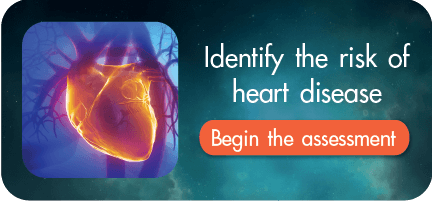A person’s heart rate is an excellent signifier of the amount of effort and fatigue levels that the exercise is producing. This can help increase the quality of each exercise session, so that each individual can realize their potential and achieve their objectives. If we understand our own heart rate zones, we can help build cardiovascular strength, as well as efficiently burn accumulated fats.
- Zone 1 – basic level: When your heart beats at 50-60% of your maximum heart rate while exercising for between 20–40 minutes, this activity is referred to as light exercise. Examples include jogging, brisk walking, cycling or walking on a treadmill, all of which will help increase blood flow around the body. However, for people who wish to lose weight, zone 1 exercises may not be enough to begin burning fat stores.
- Zone 2 – endurance level: Exercising with a heart beating at 60-70% of your maximum heart rate for between 20–40 minutes is a step up that will bring you into the fat burning zone – a level at which you can effectively burn excess fat stored in your body. Those who exercise in this zone will feel fatigued, as the increase in heart rate means that more blood is required to be transported around the body to service the muscles. Regular exercising in heart rate zone 2 will get the body used to exercises and may lead to seeking out new challenges, such as running a mini marathon or half marathon, or beginning weight training to build muscles.
- Zone 3 – aerobic exercise: Exercising for 10–40 minutes with a heartbeat of 70-80% of your maximum heart rate will not only burn fat effectively, but will also strengthen muscles as well as building their endurance capabilities. This medium level is suitable for those who exercise to sustain good health. However, if the goal is step up and run a 10-kilometer mini marathon in under an hour, an increase to zone 4 heart rate level exercise is required.
- Zone 4 – tempo exercise: Exercising at 80-90% of your maximum heart rate for between 2–10 minutes (or at a level whereby you can only speak a little due to heavy breathing) is in the zone which causes the heart and muscles to work a lot harder than usual.
- Zone 5 – sprint: A heart rate at 90-100% of your maximum heart rate is usually only attained by professional athletes or those who require bursts of speed, such as 100- to 400-meter runners, who will need to train in heart rate zone 5 in order to improve. However, for people who are of below-average levels of fitness, this type of training could cause dizziness, fainting, increased blood pressure and possibly even lead to a heart attack or severe arrhythmia.
Although exercising within heart rate zones 1 and 2 does not burn much fat or cause the body to feel that fatigued, you will still feel refreshed, content and find it easier to sleep after sessions in this zone.
For those wishing to increase fitness or lose weight, exercising in heart rate zones 3 and 4 is sufficient. Such exercises are referred to as aerobic and should be undertaken 3-5 days per week in order to build strength. It is also an effective way of losing weight, building muscle and improving blood flow to the brain.
People who require zone 5 heart rate exercise should only do so under the guidance of medical professionals or by working closely with a coach. This type of exercise is most suited to professional athletes or amateur sports enthusiasts.
Once you begin to understand your heart rate zones, you will be able to make tailored exercise plans depending on your objectives. This will ensure that you achieve success, whether that success is in the form of a slim build or sustained muscle growth.
Complete a risk assessment for genetic conditions at:

Reference Heart




